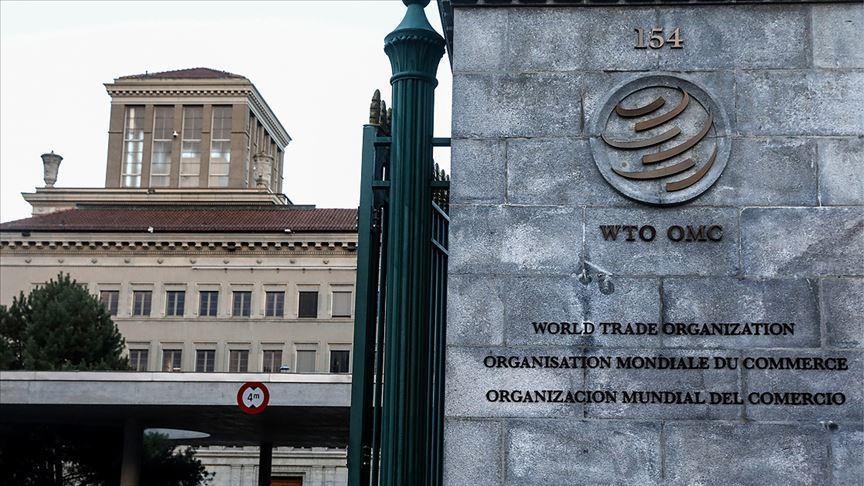The World Trade Organization’s latest World Trade Report says global trade could expand by roughly 34% to 37% by 2040 — and lift global output by about 12% to 13% — if countries pair open, predictable trade rules with serious investment in digital infrastructure and workforce skills.
The study frames a stark choice. With the right policies, fast-improving computing tools can cut trade costs, raise productivity and widen market access. Without them, the benefits will cluster in a handful of economies and firms, and existing divides could harden. The report urges members to keep markets open, expand training, and support social protections so workers can move into new roles created by the technology shift.
WTO estimate that trade in components and equipment that enable these technologies totaled about $2.3 trillion in 2023 — a reminder that supply chains for chips, data-center gear and other inputs already span continents. At the same time, the number of quantitative restrictions applied to related goods has surged from about 130 in 2012 to nearly 500 in 2024, largely in high- and upper-middle-income economies. Some low-income economies still face bound tariffs as high as 45% on these products, underscoring uneven access.
Closing the gap matters for growth. In a scenario where low- and middle-income economies halve their digital-infrastructure shortfall with richer peers and adopt advanced tools more widely, their incomes could rise by roughly 15% and 14%, respectively, by 2040 — far higher than in a no-catch-up path.
The WTO also notes rising policy friction around the new technologies. Members have flagged about 80 specific trade concerns tied to measures affecting these goods and services — one reason the organization is pressing for deeper dialogue, including through its Work Programme on E-Commerce. Expanding participation in the Information Technology Agreement and updating services commitments could make vital tools cheaper and more widely available, the Secretariat says.
Wednesday’s launch at the WTO Public Forum in Geneva came with a clear message from leadership: the world cannot repeat past mistakes of underinvesting in education, retraining and safety nets during periods of rapid globalization. The call is to prepare people — and keep trade open — so the next wave of computing benefits is broadly shared.
Background and method
The report extends the WTO’s Global Trade Model to reflect how new software-driven services can reduce operational trade costs, shift certain tasks from labor to digital tools, and raise productivity across sectors. The fastest gains are projected in digitally deliverable services, but spillovers are expected through manufacturing and logistics as well.
What’s next
The WTO will use the findings to inform member discussions on keeping supply chains resilient, lowering frictions on enabling goods, and coordinating policies that help workers transition — steps it says are central to turning today’s computing breakthroughs into inclusive growth rather than a new source of divergence.
A global media for the latest news, entertainment, music fashion, and more.















